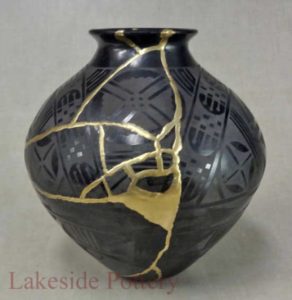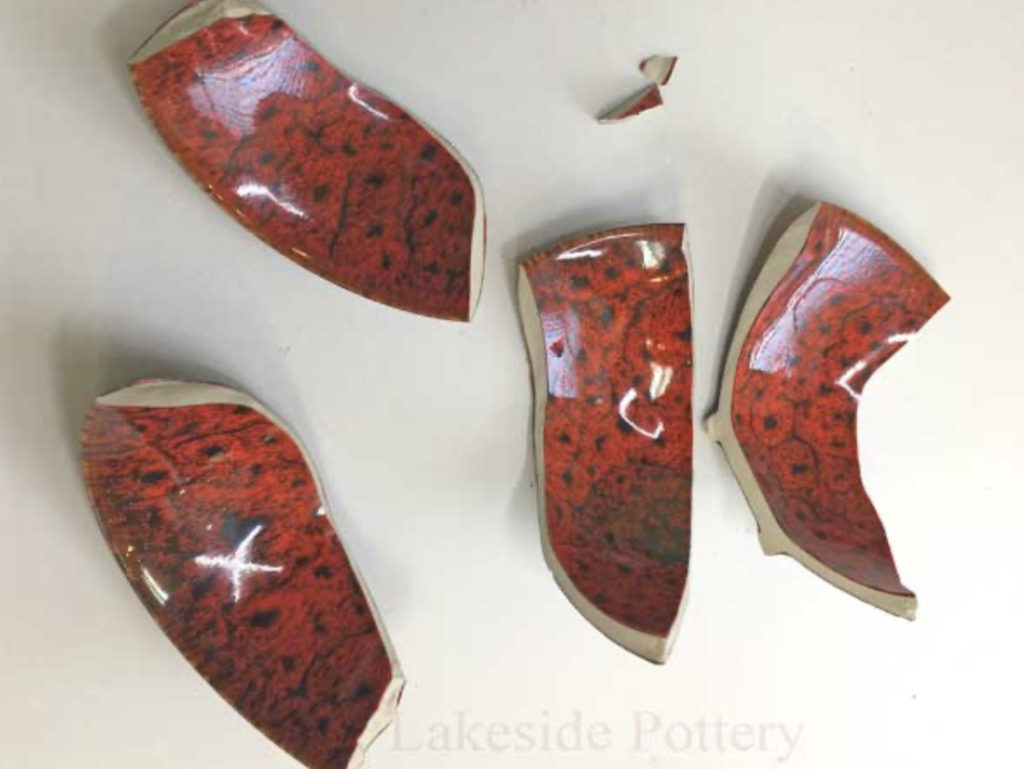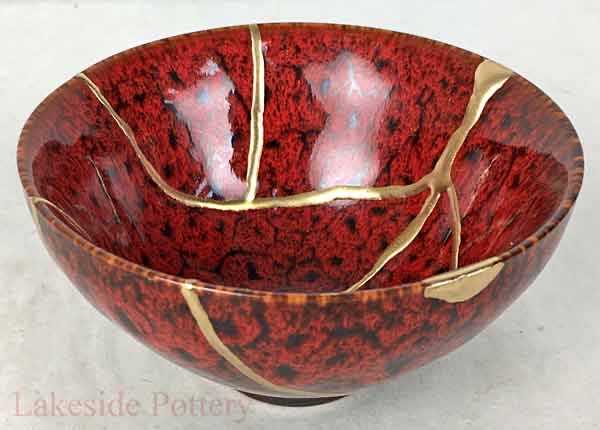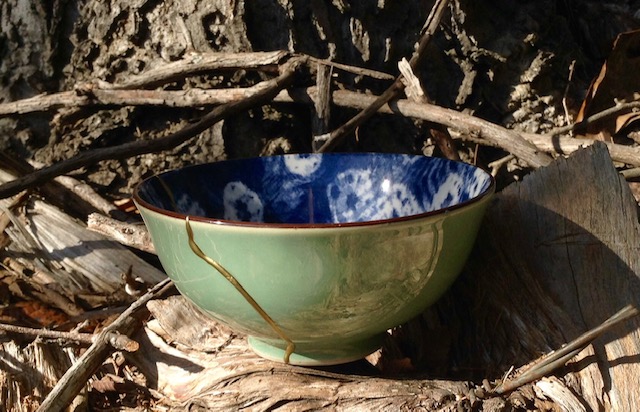There is a Japanese legend that mixes fact with fiction and bespeaks a universal truth.
Hope, perseverance, and a Master who will not give up on any of us.
Taking the box with excitement and carefully opening the wooden lid, he brushed away the straw to reveal a silken drawstring bag. With quiet anticipation, he pulled apart the cords and slid out the object for which he had waited so long. The stillness was palpable.
With studied composure, his eyes narrowed and then closed. Would he forever regret that day? Would its memory continue to haunt him?
Cradling the tea bowl to his lips, he had sipped slowly. The warmth comforted. His breathing slowed.
It was the late 15th century, and this tradition, this tea, this room, and this bowl, grounded Japan’s supreme military leader. The Shogun Ashikaga Yoshimasa carried his inherited position with dignity, but war wasn’t in his soul.
It was here, for a few moments each day, that he could find respite from the decisions that pressed him down. Strategy, lives in the balance, power-plays. Longing for peace, his mind wandered.
Hot liquid and ceramic flew, as the cherished tea bowl slipped from his grasp. Quickly a servant bent low, but not more swiftly than Yoshimasa.
Raising his hand, he gestured for the servant to wait while he gently, without rush, collected every piece.
There were broken treaties and broken vows. Broken lives and broken promises. But this bowl that had been in his family for generations – it could not be broken.
As soon as possible, he sent the shards across the China Sea to the foremost artisans of the time. Then waited patiently for its return – for its resurrection.
When it finally arrived, he tenderly removed the cherished cup from the wooden box. In horror, he stared at the hideous figure in his hands. Prominent metal staples wound through new and garish holes rendering it both ugly and unusable. Calming himself, he commanded it to be taken to the nearest and best local craftsmen. There had to be a way to fix this.
Humble village workers. That’s all they really were. Honored to be given such a request from the Shogun himself, but overwhelmed and uncertain with the task.
It was a just tea bowl. Surely, he could get another.
But his tenacity. They were impressed with his tenacity.
His obvious affection for this piece outshone his wealth and position. The unspoken message was clear – this broken and ugly piece, not worth anything to others, was precious to him. And so, they took it apart and threw away the ugly staples. They studied it and conferred.
Yes. No. Maybe?
There had been mottainai in their Shogun’s eyes: the feeling of regret over something being wasted. And each understood. The tea bowl must not be wasted.
It would never be the same. Knowing glances passed. Mushin. Some changes you must accept.
Driven further by the deeply ingrained Japanese philosophy of wabi-sabi, they were compelled to see the beauty in the flawed and imperfect. Somehow, it must also be beautiful.
Hence, the work began. Each fragment carefully marked for future placement, chips noted, and scrapes observed.
Mixing the toxic sap from an urushi tree with rice flour, they patiently lacquered the tea bowl together, pressing on through a lengthy and finicky drying process. Smoothed from tender sanding, it was once again stable, but far from beautiful.
They chose the man with the steadiest hand and keenest eye to paint each fissure and crack with a special liquid gold leaf paint.
Carefully, he followed the unexpected roads on the small cup, set it safely aside, and let time dry the paint. Finally, patient hands smoothed the finish until the scars shone, and the tea bowl took their breath away.
Confidently, quietly, they made their way to their Shogun and presented the finished product.
Yoshimasa’s eyes shown, and his heart rested.
Holding the piece up to the sun, he smiled gently. Gratefully. His little tea bowl was usable again and no longer unsightly. It gleamed in the light – made beautiful not in spite of its brokenness but because of it.
That a group of earthly artists could come up with a way to make something broken both usable and beautiful should not surprise. Those made in the image of God often reflect His way, even unknowingly. It is our Master Potter’s plan to make every broken life usable, beautiful, loved, and redeemed.
Each life. My life and yours. Are you ready to believe that? To act on that belief? “For we are His workmanship, created in Christ Jesus unto good works, which God hath before ordained that we should walk in them.” Ephesians 2:10, KJV
Faithful is He that calleth you who also will do it. 1 Thessalonians 5:24, KJV

He heals the brokenhearted and binds up their wounds. Psalm 147:3
Then He who sat on the throne said, “Behold, I make all things new.” And He said to me, “Write, for these words are true and faithful.” Revelation 21:5


He has made everything beautiful in its time. Also He has put eternity in their hearts, except that no one can find out the work that God does from beginning to end. Ecclesiastes 3:10
Behold, I will do a new thing, Now it shall spring forth; Shall you not know it? I will even make a road in the wilderness and rivers in the desert. Isaiah 43:19

The story above is gleaned from public knowledge concerning the legend of Kintsugi and is only a fictional possibility.
Unless otherwise noted, scripture quotations are from the New King James Version.
Thank you to Morty Bachar of Lakeside Pottery Studio, www.lakesidepottery.com and to Bill and Marcia Phillips for the use of their photos




